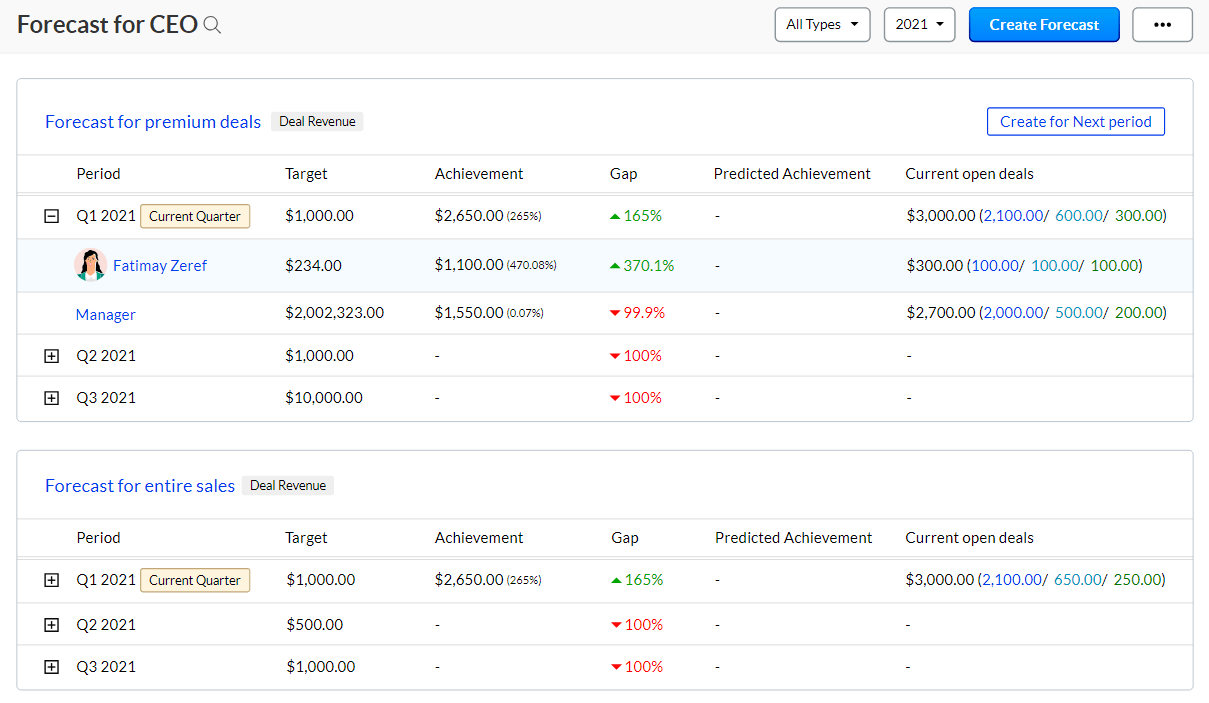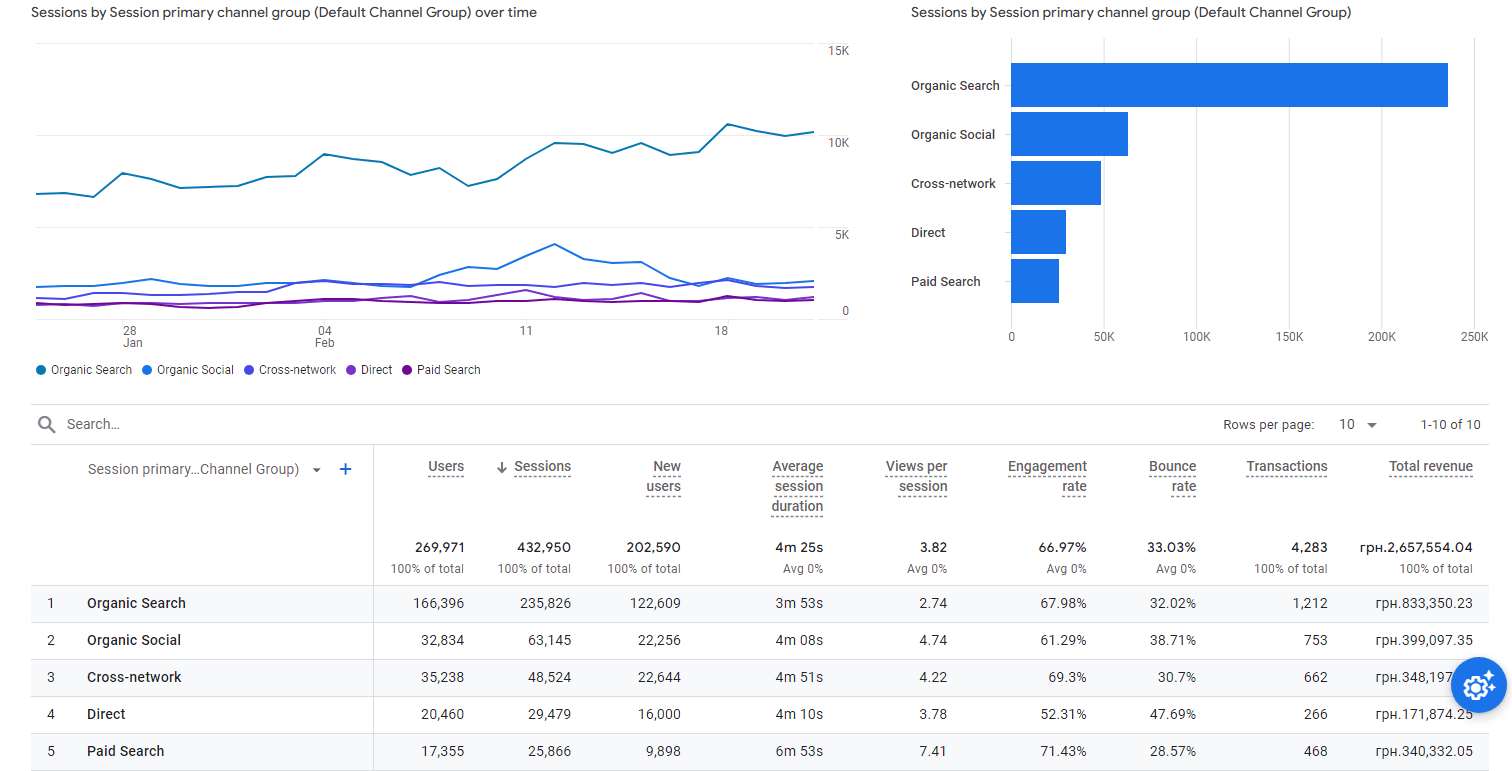Ever wondered why some sales teams shine like stars in the sky while others struggle to light a single spark? It’s not magic—it’s strategy. In a world where closing a sale can feel like convincing a cat to take a bath, we all need a winning game plan. That’s where understanding the foundations of sales performance comes into play. It’s about more than just having a good pitch; it’s about building a strategy that sells itself. And guess what? Plerdy is here to turn your sales performance from “meh” to “wow.” So, let’s dive into how you can achieve that step by step.
Grasping the Basics: Elevating Your Sales Performance Foundation
Imagine trying to build a house without laying the foundation first. That’s exactly what it’s like to boost your sales performance without understanding the basics. It’s a recipe for a shaky future, at best. Let’s get down to the nitty-gritty and set that strong foundation for your sales performance.
Starting with the core, sales performance hinges on the seamless integration of strategy, skills, and systems. But what does that mean for your team?
Definitions and Importance
Sales performance involves proactively directing potential clients through the sales funnel from awareness to decision-making, not just reaching targets. It involves a mix of the right attitude, tools, and knowledge. According to a leading industry report by Salesforce, high sales performance is directly linked to well-defined sales processes and strategies. This underscores the importance and necessity of a robust foundation in today’s hyper-competitive marketplace.
Key Components
The pillars of solid sales performance include:
- Strategic Sales Planning: Outlining clear, achievable goals.
- Customer Understanding: Deeply knowing your audience’s needs.
- Effective Training: Equipping your team with the skills to succeed.
- Sales Enablement Tools: Leveraging technology like Plerdy to streamline processes.
These elements work together to create a sales performance ecosystem that is more than just the sum of its parts.
Laying the groundwork for stellar sales performance starts with these foundational elements. It’s about pushing for more sales and building a system supporting sustainable growth. Remember, a skyscraper is only as strong as the foundation it rests on. With a solid base, your sales performance isn’t just ready to rise; it’s set to soar.
How Can Plerdy Improve Sales Performance?

Understanding your online presence is key in a world where every click can lead to a sale. That’s where Plerdy plays, acting as a secret weapon for your sales performance. Let’s dive into how Plerdy not only lifts the veil on user behavior but turns insights into action for unparalleled sales performance improvement.
How Can Plerdy Improve Sales Performance?
Plerdy is not just another tool in your arsenal; it’s the linchpin for boosting your sales performance.
Plerdy can turn your sales approach from guesswork to precision-targeted efforts, making every move data-driven and every strategy successful. You will see Plerdy as a tool and partner to boost your sales.
Strategizing for Success: Key Steps to Enhance Sales Performance
Crafting a masterful sales strategy is similar to plotting a blockbuster movie. It would help if you had a gripping plot (your sales goals), memorable characters (your sales team), and a twist that leaves the audience (your customers) wanting more. Let’s roll the film on elevating your sales performance.
Embarking on a journey to enhance sales performance starts with a solid plan. Without it, you’re navigating the wilds without a map.
Setting Clear Objectives
The cornerstone of any sales strategy is clear, measurable objectives. These goals guide your sales team, acting as the North Star in their quest for sales success. Harvard Business Review highlights the importance of setting specific goals to improve sales performance significantly. These objectives are necessary for efforts to scatter, diluting the impact on your overall sales performance.
Understanding Customer Needs
To sell effectively, you must know who you’re selling to. This means diving deep into customer personas, understanding their pain points, and tailoring your approach accordingly. A Forbes study shows that sales teams that understand their customers’ needs can improve sales performance by aligning their solutions more closely with customer expectations. This customer-centric approach not only enhances sales performance but also builds lasting relationships.
Strategy Review and Adaptation
The sales landscape is ever-changing. Thus, regularly reviewing and adapting your sales strategy is crucial. This involves analyzing sales performance data, identifying trends, and pivoting when necessary. According to McKinsey, organizations that agilely adapt their sales strategies in response to market changes see a significant uplift in their sales performance. This dynamic approach ensures your sales strategy remains relevant and potent.
Strategizing for sales success is more than just a one-and-done deal. It’s about continuous evolution and adaptation, with your sales performance data guiding the way. Remember, the best strategies can pivot on a dime, ensuring your sales performance doesn’t just hit the target but smashes through it. Now, with your blueprint, you’re ready to turn that sales performance plot into a box office hit.
Leveraging Tools and Tech: A Sales Enablement Boost

In the digital age, not using technology in your sales strategy is like showing up to a Formula 1 race with a horse and carriage. It’s not just about speed; it’s about the power and efficiency that tools and tech bring to your sales performance. Let us see how the appropriate tools can increase sales enablement and performance.
The right tools can transform your sales strategy from a blunt instrument into a precision-guided missile.
Empowering Through Training
In today’s fast-paced sales environment, continuous learning is key. Sales performance improves significantly when teams are well-trained on the products they’re selling and the tools they’re using. According to Forbes, companies that invest in comprehensive sales training programs see an average of 20% higher sales performance. Incorporating e-learning platforms and virtual training tools into your sales enablement strategy ensures your team knows at their fingertips and is ready to close deals more effectively.
Choosing the Right Tools
With many sales tools available, selecting the right ones can be daunting. However, the impact on sales performance when you do this is undeniable. Tools like CRM systems, email automation, and analytics platforms are no longer optional but essential. They streamline the sales process, enhance customer engagement, and provide invaluable insights into sales performance. Gartner reports that high-performing sales teams are three times more likely to use analytics tools than their lower-performing counterparts.
Leveraging CRM for Sales Success
A CRM isn’t just a database; it’s the heart of modern sales strategies. It allows for a 360-degree view of the customer, enabling personalized engagement and streamlined sales processes. This personalization directly correlates with improved sales performance, as highlighted by a Salesforce study showing that high-performing sales teams use CRM data to tailor their approaches, resulting in a 29% increase in sales. Beyond just tracking interactions, CRM systems can automate tasks, set reminders, and provide reports that offer insights into sales performance, making them indispensable tools for sales enablement.
Integrating technology into your sales strategy is not just about keeping up with the times; it’s about setting the pace. You may boost sales by training your team, using effective tools, and using a CRM to its fullest. The future of sales is digital, and with these tools in your arsenal, your sales performance is poised for success.
Assembling Your A-Team: Strategies for Peak Sales Performance
Building a sales team consistently hitting its targets is like assembling a superhero squad. Each member has unique powers, but their combined force battles market challenges and wins. Let’s explore how to assemble your A-team for peak sales performance. A high-performing sales team is the engine of any successful business.
Effective Hiring Practices
The first step in building a powerhouse sales team is hiring the right people. This means looking beyond the resume to find individuals with a growth mindset, resilience, and the ability to collaborate effectively. According to Harvard Business Review, companies that hire these soft talents enjoy a 30% revenue boost. A structured interview process with role-specific challenges can help you find talented and company-fit candidates.
Cultivating a Success Culture
Creating an environment where your sales team can thrive is crucial. This involves recognizing achievements, providing ongoing support, and fostering a culture of continuous improvement. Forbes highlights that companies with a strong sales culture have a 15% higher sales performance. Encourage open communication, set clear expectations, and provide regular feedback to keep your team motivated and focused on their goals.
Coaching and Incentives
Investing in your sales team’s development through coaching and tailored incentives is key to boosting sales performance. Personalized coaching sessions allow for identifying and improving individual weaknesses, leading to a stronger, more competent sales force. Additionally, incentive programs aligned with individual and team performance targets can drive motivation and performance. The Incentive Research Foundation found that well-designed sales incentive programs can boost sales by 44%.
Assembling your A-team requires a strategic approach to hiring, a commitment to nurturing a supportive culture, and implementing effective coaching and incentive programs. By focusing on these areas, you can create a sales team that’s not just high-performing but also resilient, motivated, and aligned with your business goals. Remember, the strength of your sales team directly impacts your sales performance, making it your most valuable asset in achieving business success.
The Metrics That Matter: Fine-Tuning Sales Performance

Diving into a sea of data without knowing what you’re looking for is like trying to find treasure without a map. When it comes to sales performance, not all metrics are created equal. Identifying which ones truly matter can be the compass that guides your sales strategy to success. Let’s navigate through the metrics that matter most for fine-tuning your sales performance.
Setting Effective KPIs
Key Performance Indicators (KPIs) act as beacons, illuminating the path to improved sales performance. Selecting effective KPIs involves aligning them with your business objectives and ensuring they are measurable, attainable, relevant, and time-bound (SMART). For instance, conversion rates, average deal size, and sales cycle length are pivotal KPIs showing sales efficiency. According to a report by Salesforce, companies that align their KPIs with strategic goals see a 34% increase in sales performance.
Data Analysis for Sales Insights
Analyzing sales data isn’t just about crunching numbers; it’s about uncovering stories the numbers tell about customer behavior, market trends, and potential sales obstacles. Sales analytics tools can help identify patterns, predict outcomes, and guide strategic decisions. McKinsey found that data-driven companies are 23 times more likely to attract clients, highlighting the importance of data analysis in sales effectiveness. Leveraging analytics allows for a deeper understanding of what drives sales success and where adjustments need to be made.
Strategies for Continuous Improvement
The pursuit of improved sales performance is a never-ending journey. Continuous improvement strategies such as regular training sessions, A/B testing of sales tactics, and embracing feedback loops can lead to significant gains. Incorporating feedback from sales analytics into training can help address specific areas of improvement, making each sales interaction more effective. Furthermore, Harvard Business Review suggests that a culture of continuous learning and adaptation can increase sales performance by up to 37%.
Fine-tuning sales performance requires a focused approach to the metrics that offer the most valuable insights. You can steer your sales team towards unprecedented success by setting effective KPIs, diving deep into data analysis, and embracing continuous improvement strategies. Remember, in the vast ocean of data, the right metrics are your north star, guiding your sales strategy towards its treasure: improved sales performance.
Conclusion
Navigating the complex sales world can feel like navigating through a maze. But with the insights and strategies outlined in this article, you’re now equipped with a map. Remember, improving sales performance is a journey, not a sprint. Every step taken with data and strategy in mind brings you closer to your goals. Hungry for more insights? Dive into other articles on Plerdy’s blog to continue fine-tuning your strategies. And remember, Plerdy is here to help turn those insights into actions. Ready to improve sales? Discover how Plerdy can guide you through sales.
